The preliminary monitor sites have been established at five locations: Boston, MA; Chambersburg, PA; Leesburg, VA; Chesapeake, VA; and Charleston, SC. We are scouting for additional monitor sites at distances of up to 1,500 miles from our current transmitting location
The NavX-NCS solution supports GPS, Galileo, GLONASS, and SBAS constellations, providing the leading GNSS signal capability for research and development of GNSS safety and professional applications, as well as system integration and production testing of mass market applications, such as automotive satellite navigation, mobile phone apps, chip-sets, and handheld personal navigation devices.
Infineon Technologies recently introduced a new series of Receive Front-End Modules for implementation of Global Navigation Satellite System (GNSS) functionality in smart phones and other handheld devices. The new BGM104xN7 products feature the best noise figure in the industry, which is a critical parameter for the performance of a GNSS receiver.
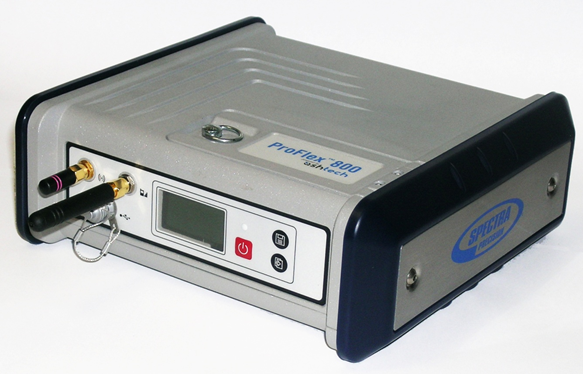
Spectra Precision has introduced the new ProFlex™ 800, a powerful GNSS solution with revolutionary Z-Blade™ GNSS-centric technology. The ProFlex 800 delivers fast and reliable RTK positioning, even in environments where GNSS signals may be difficult to acquire. Rugged and IP67 rated, the ProFlex 800 is built to withstand harsh operating conditions for a variety of positioning applications.
Cambridge Pixel a developer of sensor processing and display solutions, has introduced its SPx-ECDIS radar kit. The new toolkit will allow systems integrators building Windows-based Electronic Chart Display and Information Systems (ECDIS) for commercial ships to add radar interfacing, scan conversion, chart display, target tracking, a Global Positioning System interface and record/replay functionality into their ECDIS solutions.
u-blox, the Swiss positioning and wireless module and chip company, announces an all-in-one satellite positioning receiver module, the LEA-6N. The low-power, cost-effective module delivers fast, high-accuracy positioning and is targeted at industrial telematics applications in Russia such as vehicle tracking, mobile resource management and the ERA-GLONASS emergency call system.
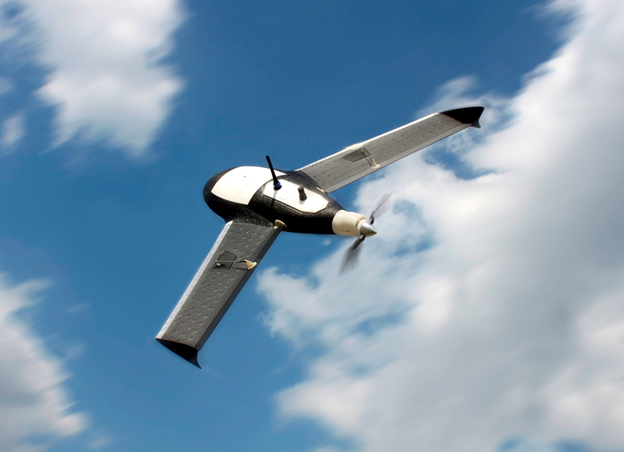
Trimble has announced that it has acquired privately-held Gatewing of Gent, Belgium, a provider of lightweight unmanned aerial vehicles (UAV) for photogrammetry and rapid terrain mapping applications. The acquisition broadens Trimble’s industry-leading platforms for surveying solutions. Financial terms were not disclosed.
The Firmware v0204 provides significant performance improvements, as well as a group delay calibrated raw data (Carrier phase, Code phase & Doppler) output function, to the highly integrated NV08C-CSM SMT receiver module and the very compact NV08C-MCM BGA SiP receiver.
The third-generation receiver’s new architecture provides the industry’s first true multi-constellation support by simultaneously collecting GPS, GLONASS, QZSS, and satellite-based augmentation system (SBAS) data and using the best received signals, resulting in faster searches and more accurate real-time navigation.



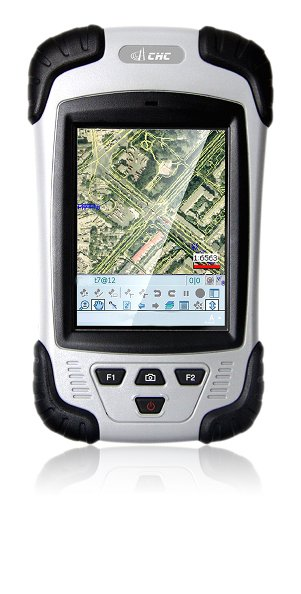
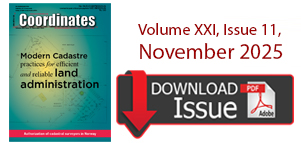

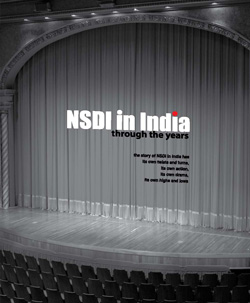




 (5.00 out of 5)
(5.00 out of 5)